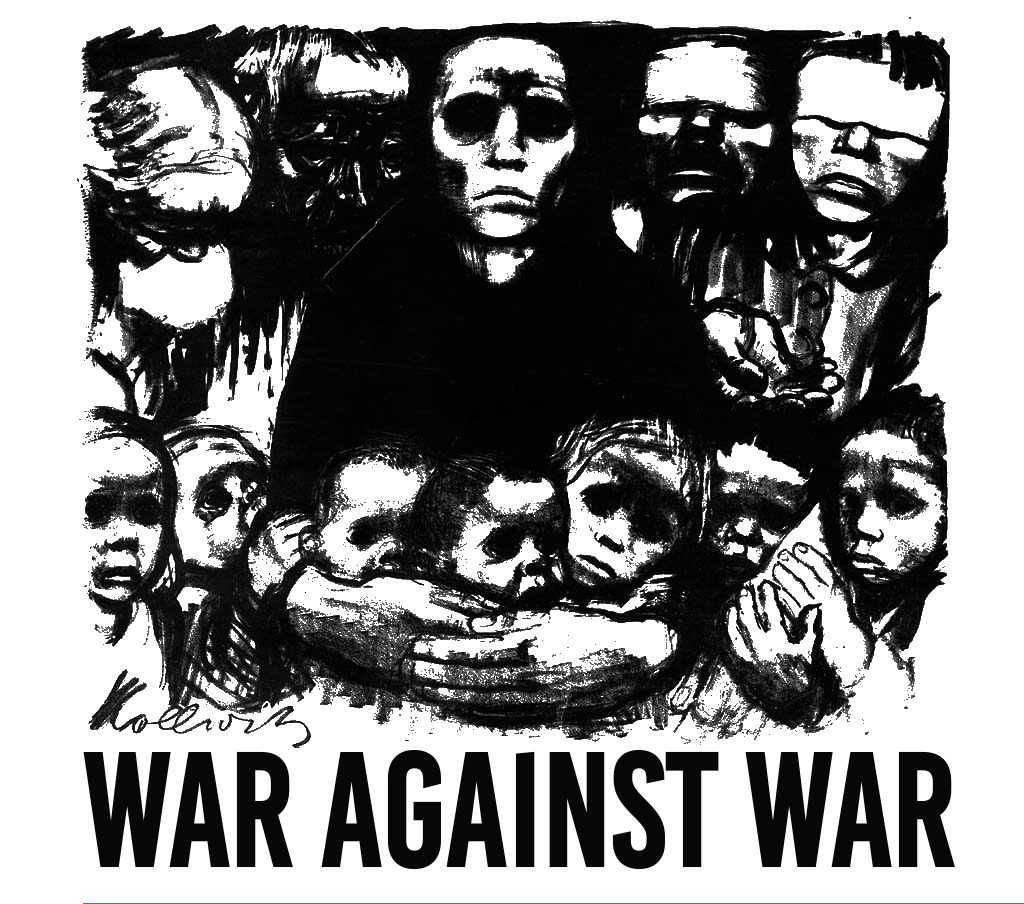Existing works on diffusion fail to account for the incapacitating effects conflict events may have on the operational capability of the combatant sides and how these effects may determine the evolution of a conflict. I hypothesize that it is those events with losses on the state side that are likely to be associated with geo-temporal spillovers, whereas events with insurgency losses are less likely to be associated with future mayhem in their vicinity. To test my arguments, I first introduce a new, comprehensive and detailed event dataset on the long-running civil conflict in Turkey. The Turkish State–PKK Conflict Event Database (TPCONED) includes the exact date and county-level location for the fatal events of the armed conflict between the Turkish state and the rebel organization PKK since its very beginning in 1984 with detailed information on combatant casualties. I then employ a split population bi-probit model which allows me to comprehensively depict the geotemporal evolution of the conflict by acknowledging, estimating and accounting for the variation in the underlying conflict proneness across locations as a latent variable that shapes the diffusion of events. The results of the statistical analyses offer support for my hypotheses and reveal that how events evolve over space and time is conditioned by the damages suffered by the combatant sides. I demonstrate the robustness of these results on a matched sample I obtain by employing the Coarsened Exact Matching (CEM) on the data.
This was originally published on SAGE Publications Ltd: Journal of Peace Research: Table of Contents.
